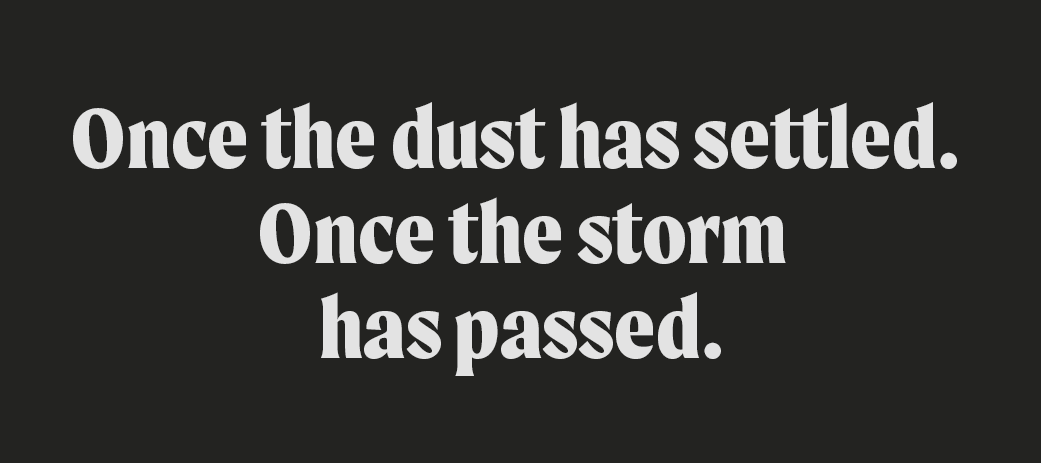
By Mo Perry

By Mo Perry
In the 1920s, more than 100 million acres of the United States high prairie land was stripped of its native Buffalo Grass so farmers could plant wheat. They churned up the topsoil and planted an ocean of monoculture to feed the hungry maw of a growing nation. For a while, the money poured in. Then the drought came, as droughts do.
In the 1930s, clouds of dust engulfed the plains. The grass that had held the earth in place was long gone. Dirt drifted across counties and states and regions, blackening the sky, killing livestock, choking them to death with dust. The storms kicked up such high levels of static electricity that when people shook hands, the shock could knock them to the ground. This went on for years.
Thousands were infected with dust pneumonia—the “brown plague”—which had symptoms of fever, cough, and shortness of breath. People wore face masks and goggles to protect themselves. When supplies ran low, the Red Cross issued a call for 10,000 more masks, but it wasn’t nearly enough. Emergency hospital wards were opened in church basements; high school plays were canceled because the gym floors were covered in cots.
In 1934, a particularly strong storm reached the east coast, blowing 350 million tons of silt from the prairies to Chicago, Atlanta, and New York, assaulting the eyes and throats of city-dwellers. Some New Yorkers proposed paving the entirety of the plains, leaving small holes to plant seeds. Others had the idea of using the plains as a vast landfill, shipping rusted old cars from eastern cities to hold down the midwestern earth.
Instead, eventually, farmers were paid to leave their fields idle. They learned how to manage their land more sustainably. The federal government converted 10 million acres back to grassland. The grasses’ roots again did what they had always done—held moisture deep in the earth, intertwined, formed a scaffolding for the soil to cling to.
Now high winds are again tearing across the United States, agitating what’s been over-churned and overworked, left exposed, vulnerable, and raw. People are dying of pneumonia. There aren’t enough masks. We cannot reach out and shake hands.
I’m thinking about what it means to recover. To re-cover. To regain the topsoil that nourishes life, and the network of roots that hold it together below the surface. I’m thinking about the healing that’s only possible with idleness. I’m reaching for my neighbors, invisibly, underground, hoping we can form a stronger scaffold. Hoping we can anchor each other, revive the wisdom of connectedness, feel our way back to balance.


Read More
Mo’s story is part of Pollen’s “Are You OK?” initiative, a collection of stories, art, and virtual gatherings that documents how our collective community is processing and healing during the this global health and financial crisis. Check the collection regularly to hear from our creative community as we keep up with the changes and challenges before us.
Contributors
We ask that you support Mo Perry by donating to her Paypal account: paypal.me/MoMoPerry
Mo will put 50% of any support she receives toward Minnesota Freedom Fund, which works to end discriminatory cash bail practices and pays criminal bail and immigration bonds for those who can’t afford them.